With all the new cars coming out, one can see the world of automobiles change in a lot of ways. And if you’re the type to keep up with all the upgrades, we’re sure you’ve noticed the dramatic changes taking place. But with all that enhancement going on, there are old habits that can’t be changed – like a good old tune-up.
1. What’s a tune-up?
A tune-up is a bunch of procedures performed periodically for preventive maintenance. The processes included in a tune-up have also changed over the years. This is necessary so that methods are able to keep up with the advancements.
For those who own the latest vehicles, the term “tune-up” may seem outdated or archaic. But that’s not true at all. The term continues to pertain to the various processes that should help the vehicle perform at an optimum level.

A tune-up is a bunch of procedures performed periodically for preventive maintenance
2. Tune-up basics
There isn’t any absolute list of what a complete tune-up should look like. But a lot would agree as to the inclusions that should be basic A tune-up usually involves replacing a few parts that are important to the engine’s performance.
This includes the spark plugs. The preventive maintenance procedure can also involve adjusting a few elements under the hood. All this is supposed to keep the engine running at its best.
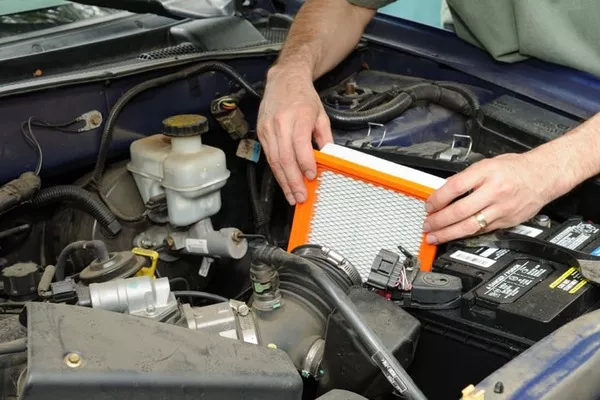
A tune-up usually involves replacing a few parts that are important to the engine’s performance
>>> Check out:
- 5 simple tips to maximise your car engine's performance
- 7 essential components to tune up your car engine for maximum horsepower & torque
3. Tune-ups in newer vehicles
As said earlier, those who own the latest vehicles may not be so convinced about the term “tune-up” anymore. This is because most late-model vehicles have very minimal elements that can be adjusted. But in more common models, you can still have the timing chain looked at.
You can also have the idle speed checked as well as other emission functions. Aside from that, the ignition timing is usually fixed and is controlled by the built-in engine computer. The fuel mixture also requires very little maintenance in most contemporary vehicles.
4. Usual inclusions
A typical tune-up should begin with checking parts that are responsible for performance. This usually involves the engine and, sometimes, the battery. Philkotse.com prepared some of the most common checks that are included in a usual tune-up:
Battery voltage
The battery voltage is one of the most vital factors that keep your car in good running condition. If your vehicle is a hybrid or is one of the latest models, the need for this procedure is higher.
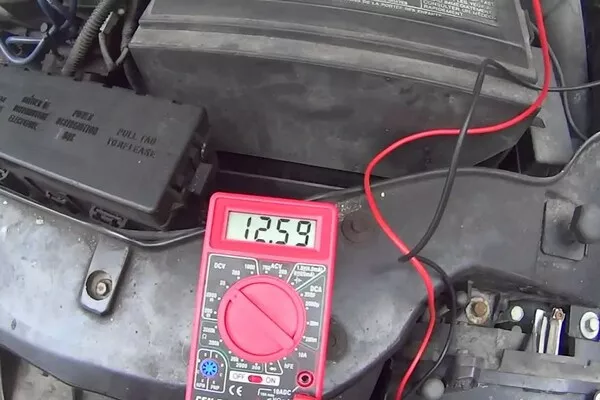
The battery voltage is one of the most vital factors that keep your car in good running condition
>>> Read more: 5 simple tips to care for your car battery
Dynamic compression
The dynamic compression or the power balance should be inspected as well. By doing so, you will be able to find out whether there are problems with a few of your vehicle’s important parts. This includes mechanical problems that may cause you trouble while you’re driving on the road.
Examples of potential problems that can be detected are bad gasket heads, leaking exhaust valves, a bad cam or worn rings. Any of the mentioned problems can negatively affect the engine’s performance. These can also be a threat to the compression process.
Engine vacuum
The engine vacuum is an important part of running your ride. Inspecting the engine vacuum will help you detect possible air leaks. If you’re too late for the tune-up schedule, you may find exhaust restrictions instead.
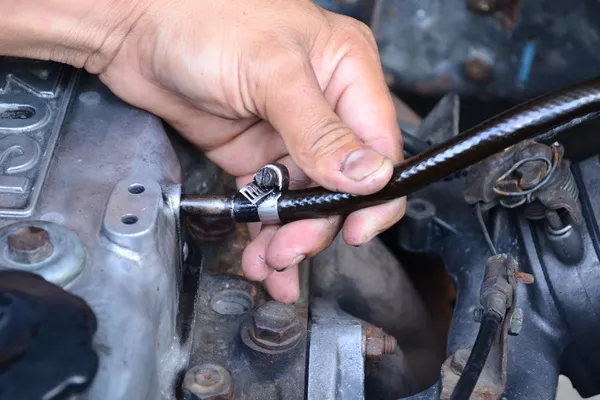
The engine vacuum is an important part of running your ride
Looking for fault codes
This process involves looking for possible fault codes. This can also include retrieving any other code that could be present. Depending on the codes recovered, these can either be salvaged or completely eliminated.
Exhaust emissions
You should also check exhaust emissions. This will confirm if your vehicle complies with clean air standards. This will also determine if you have emission or ignition problems that could cause worse problems.
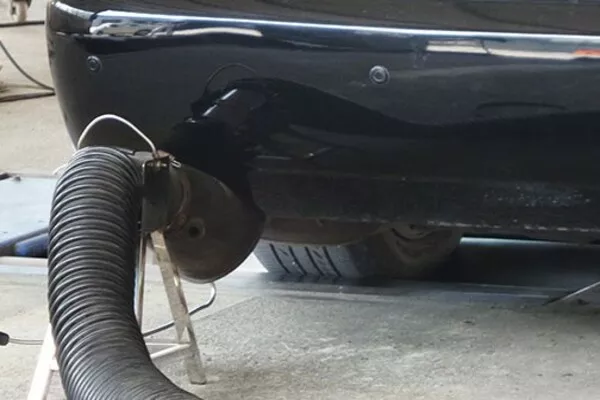
You should also check exhaust emissions
>>> Relevant articles:
- 8 easy tips to diagnose your car's exhaust problems
- [Philkotse guide] Reasons and solutions for car leaky exhaust pipes
5. Other inspections
Moreover, a tune-up also requires belts and hoses to be checked. The belts should be free from intense signs of wear and tear. They should also be snug in place and should not be too loose or tight. Fluid components also need to be paid attention to. These include the coolants, the transmission fluid, oil, brake fluid, and power steering fluid.
The proper level of these fluids should be met. They should also be in an acceptable state which can be judged by the color of the fluid. The oil should also be free from any sort of sludge. You also need to make sure that the ATF does not resemble the odor of burnt toast.
>>> Make sure you know: Where To Start Modifying Your Car to Boost its Performance and Improve its Comfort?
6. Which parts to replace
If all seems fine, you need to consider the following parts for replacement:
- Spark plugs. You can go for longer-life spark plugs if you don’t like the idea of replacing them often.
- Distributor and/or distributor cap. Do so only if it applies to your vehicle.
- Filters. This includes the air filter, fuel filter and other parts that are on an “as necessary” basis.

If all seems fine, you need to consider some car parts for replacement
>>> FYI: What's a Cabin Air Filter and When Should you Replace it?
7. When does my car need to be tuned up?
Different vehicles may have different tolerances for the stress that comes with driving and may vary depending on the driving conditions that you put your car through. But if you’re serious about sticking to a tune-up schedule, the best people you can consult for this are those in the dealership.
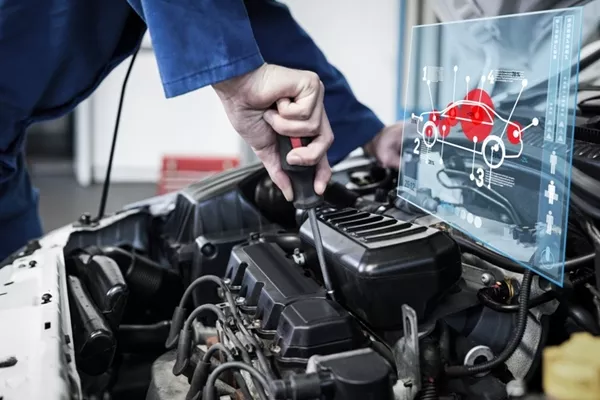
Ask yourself when my car needs to be tuned up
Sales attendants will most likely also inform you about this. The best part is that you won’t usually have to ask them because they’ll lay out everything you need to know about the car.
Recent posts
- Car maintenance: Things you should know when the fuse keep blowing Nov 30, 2022
- Car maintenance: 5 signs of automatic transmission problems Aug 17, 2022
- Car maintenance tips: How to inspect and replace serpentine belts Feb 19, 2021
- 7 steps and preventive maintenance tips when shipping your car Aug 16, 2022
- 7 signs your car needs a tune-up Aug 16, 2022











